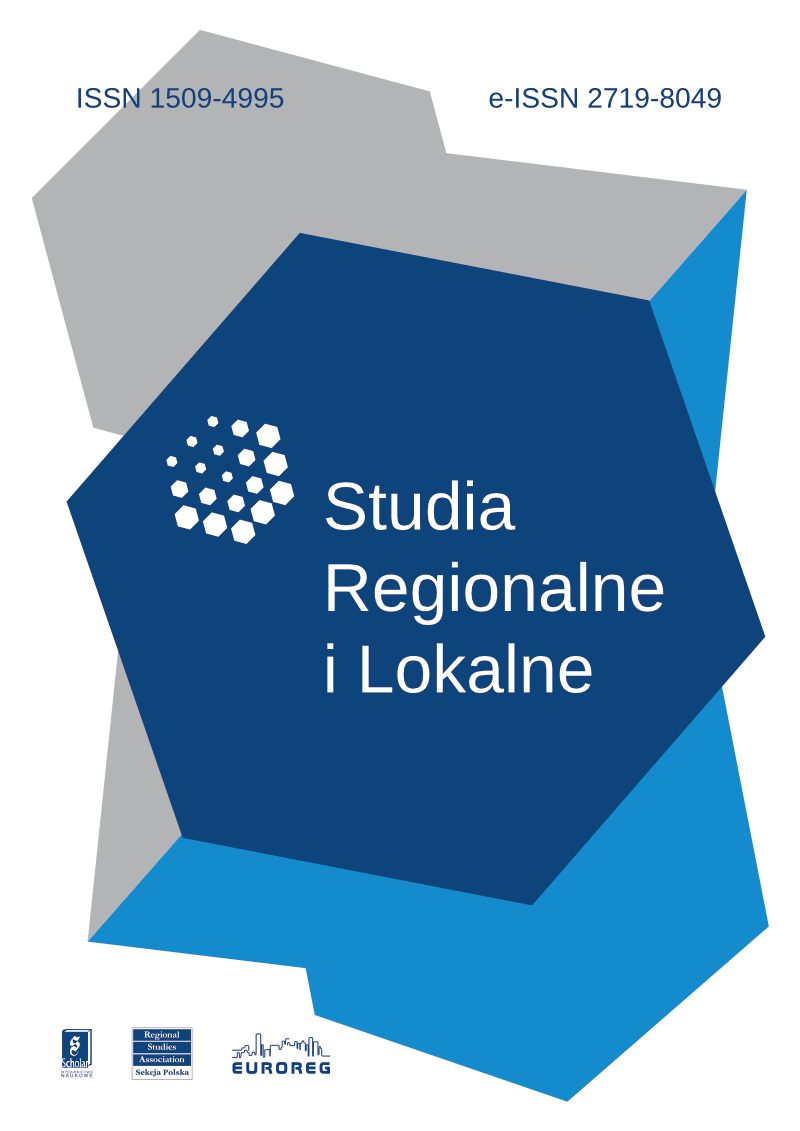Jak Feniks z popiołów. Rozwój struktur metropolitalnych w Zagłębiu Ruhry jako wzór dla rozwoju Górnego Śląska?
Poniższe opracowanie ma na celu przedstawienie zagadnień rozwoju regionalnego z uwzględnieniem aspektów transformacji gospodarczej i przestrzennej w poprzemysłowych regionach Zagłębia Ruhry i Górnego Śląska. Zagłębie Ruhry przeszło i nadal przechodzi bardzo trudny proces restrukturyzacji gospodarczo-społecznej. Do tej pory udało się pokonać niektóre trudności, np. zmienić poprzemysłowy wizerunek regionu. Niestety wysokie bezrobocie oraz niekorzystna struktura demograficzna pozostają nadal nierozwiązanymi problemami Zagłębia Ruhry. Ponadto region musi uporać się z zagospodarowaniem nieużytków poprzemysłowych i kopalnianych. Wybrane elementy restrukturyzacji Zagłębia Ruhry oraz niektóre pomysły strategiczne mogą być wzorcem dla rozwoju Górnego Śląska.
Like a Phoenix from the Ashes. Can the Ruhr Area Provide Blueprints for the Regional Development in Upper Silesia?
The paper’s main objective is to introduce into the topic of regional development in the postindustrial regions Ruhr and Upper Silesia taking aspects of economic and spatial planning under consideration. The region Ruhr has lived through a difficult period of development. A lot of self-given objectives could be accomplished. Anyway various long-term problems like the relative high unemployment rate, the demographic challenges or industrial waste lands are still present and are awaiting solutions. In some problem areas Upper Silesia might orient oneself to the strategies conducted in the Ruhr agglomeration and adapt strategies which delivered positive results and prevent failures which resulted by middle-rate measures.



